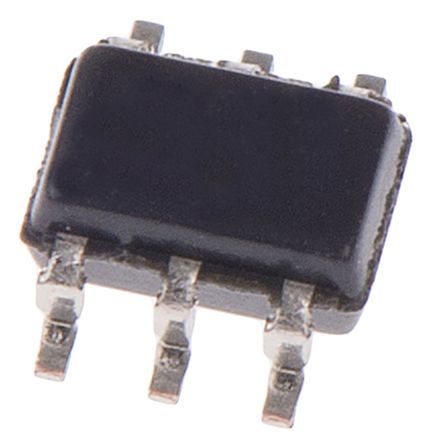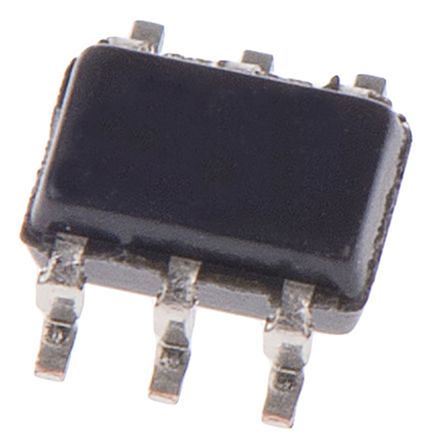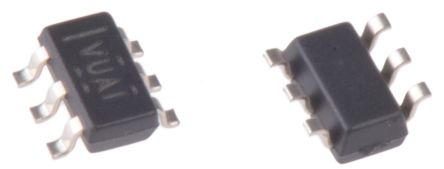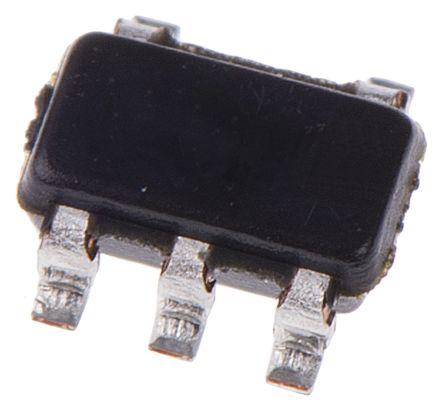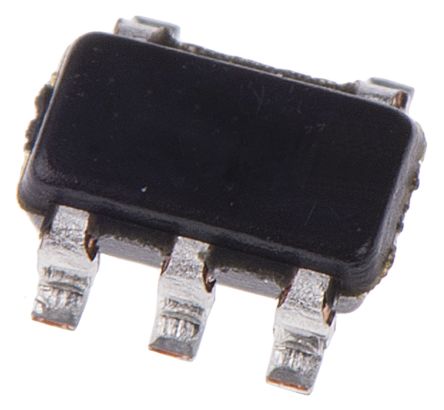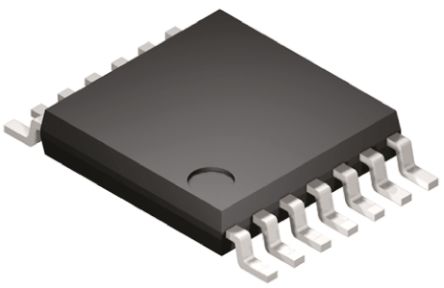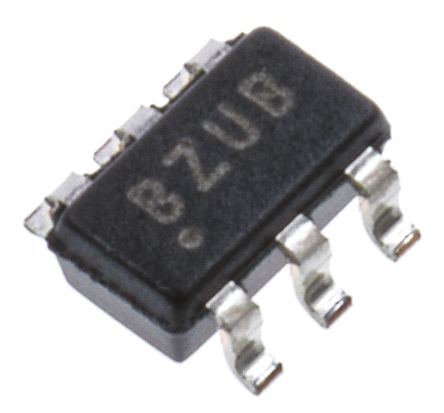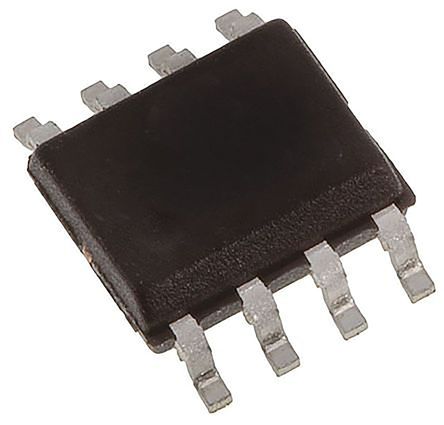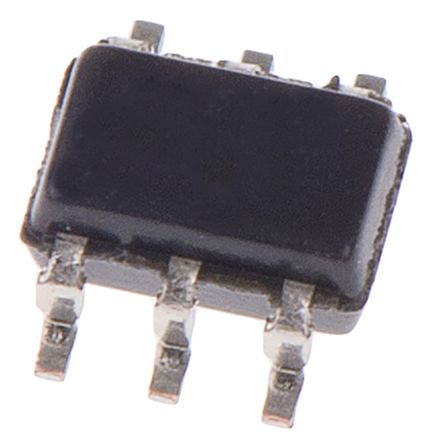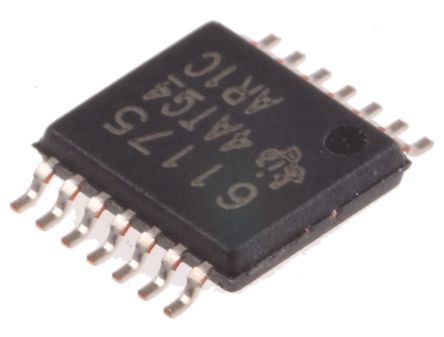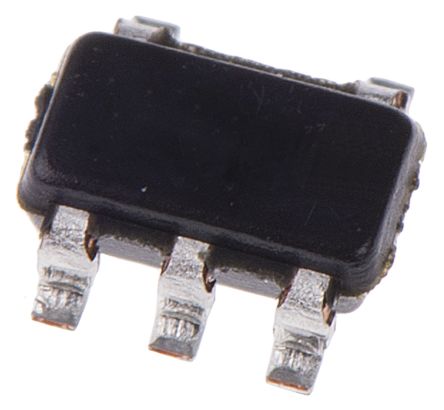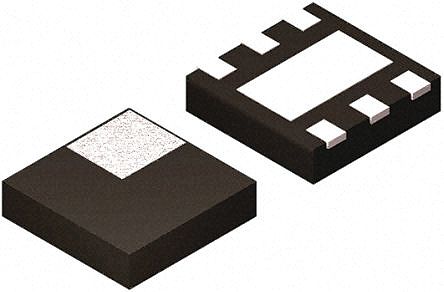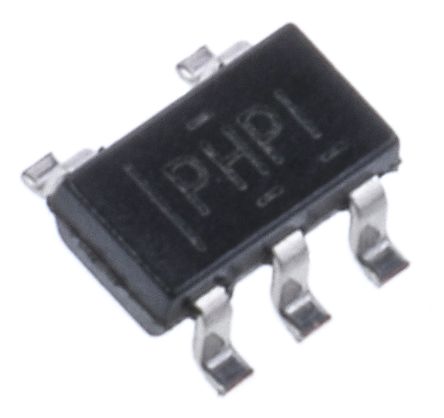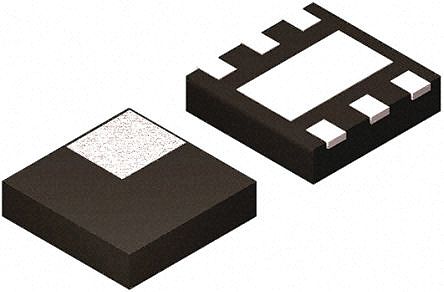- Automation & Control Gear
- Cables & Wires
- Enclosures & Server Racks
- Fuses & Circuit Breakers
- HVAC, Fans & Thermal Management
- Lighting
- Relays & Signal Conditioning
- Switches
- Batteries & Chargers
- Connectors
- Displays & Optoelectronics
- ESD Control, Cleanroom & PCB Prototyping
- Passive Components
- Power Supplies & Transformers
- Raspberry Pi, Arduino, ROCK, STEM Education & Development Tools
- Semiconductors
Boost Converters
Boost converters, also known as step-up converters, are DC-to-DC power conversion devices (a type of switch mode converter) used to increase voltage from its input supply to its output, while simultaneously stepping down the current. The power input can come from any suitable DC source, such as batteries, solar panels, rectifiers, and DC generators. Boost converters contain at least two semiconductors, such as diodes or transistors, and at least one energy storage element, such as a capacitor, an inductor, or it may contain both in combination.
RS offer a range of boost converters from a variety of brands, including Analog Devices, Maxim Integrated, Texas Instruments, and more.
How do boost converters work?
The boost converter is able to store energy in its inductor and then simultaneously release it at a higher load voltage than was inputted in the beginning making it very useful in speeding up devices. In order to conserve the power of the circuit (as P=VI), the output current is lower than the input current to account for the higher voltage.
Boost converters can primarily work in one of two modes: continuously or discontinuously. In the continuous mode, the current is never allowed to reach zero during the discharging process (when the transistor is turned off) and thus the inductor can consistently and efficiently produce the boosted voltage rate. In this mode, the timing of the transistor switching between ON/OFF is dimensioned in such a way that the inductor is always connected back to the input supply quickly, never allowing the inductor to be completely discharged.
Alternatively, running the boost converter in the discontinuous mode means there is a greater period of time between the ON state and OFF state of the transistor. During this time, the inductor may become fully discharged and remain inactive until the transistor is ON again, and this fluctuation may cause voltages to ripple.
Where are booster converters used?
- LCD, OLED displays
- Haptic displays
- Portable devices like tablets, MP3 players, and mobile phones
- Bar-code scanners
Popular Searches
Related links
- DC-DC Converters
- Maxim Integrated MAX641ACPA+ Step Up 1.5A Adjustable/Fixed PDIP
- Texas Instruments LM2735XMF/NOPB Step Up 3A Adjustable SOT-23
- Texas Instruments TLV61225DCKT Boost Converter 400mA 6-Pin, SC-70
- Texas Instruments BQ25504RGTT Boost Converter 1 MHz 16-Pin, QFN
- onsemi NCP1422MNR2G Boost Converter 800mA Adjustable DFN
- Voltage Converters
- Microchip ADM00865 Boost Converter 1000mA Adjustable VQFN
